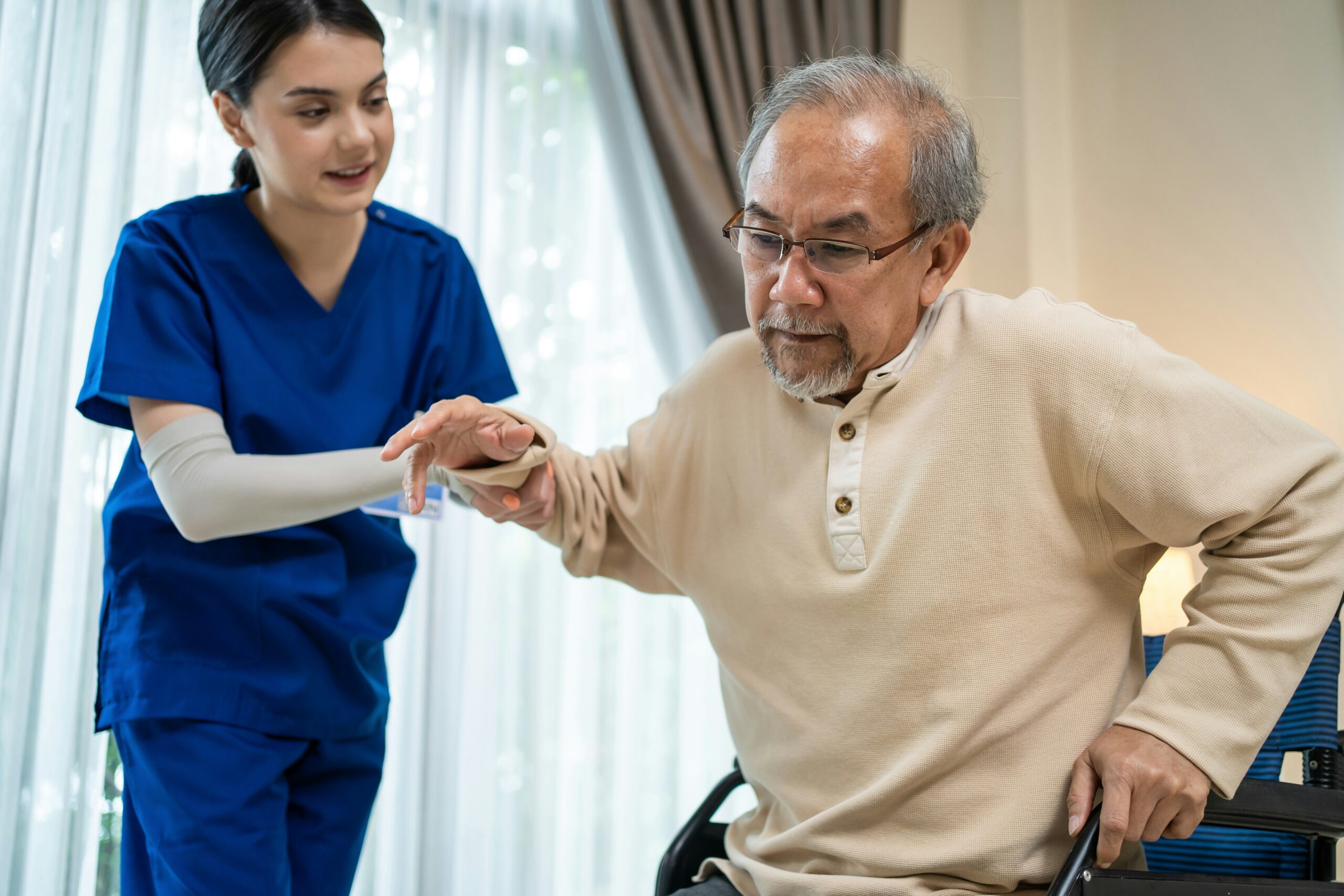
Rehabilitation is a vital step in the journey toward recovery, whether from surgery, injury, or chronic illness. Traditionally, patients have been guided through standardized treatment plans, but research increasingly shows that personalized rehabilitation delivers better results. By tailoring therapy to a patient’s unique needs, goals, and health profile, healthcare providers can foster faster recovery, greater engagement, and long-term wellness.
Understanding Personalized Rehabilitation
Personalized rehabilitation refers to the development of individualized treatment strategies that address each patient’s medical history, physical condition, lifestyle, and personal objectives. Unlike generic rehab programs, these plans are built with the patient at the center. Therapists, doctors, and other medical professionals collaborate to design a roadmap that adjusts over time as the patient progresses.
The focus is not only on treating the medical condition but also on improving the patient’s overall quality of life. For example, two patients recovering from knee surgery may require different approaches: one might need to regain strength for competitive sports, while another may want to walk pain-free with grandchildren. Personalization ensures both individuals receive the proper support for their aspirations.
Enhancing Patient Engagement and Motivation
One of the most significant challenges in rehabilitation is ensuring patients remain motivated throughout their recovery. Standardized programs can feel rigid or irrelevant, leading to frustration and lack of compliance. Personalized rehab, however, connects directly with the patient’s personal goals, which naturally fosters motivation.
When patients see therapy designed around what matters to them—such as returning to work, playing a favorite sport, or enjoying everyday activities—they are more likely to stay engaged. This sense of ownership empowers patients to actively participate in their recovery, leading to improved adherence and better outcomes overall.
Addressing Individual Needs and Conditions
No two patients are alike, and their medical histories often reflect complex variations. Age, lifestyle, pre-existing conditions, and even mental health can significantly influence recovery. A one-size-fits-all rehabilitation plan may overlook these critical factors, creating barriers to effective treatment.
Personalized rehab acknowledges these differences and adapts accordingly. For instance, a patient with diabetes may need special considerations for wound healing, while an older adult with osteoporosis might require low-impact exercises to minimize risk. By tailoring therapy, healthcare professionals can reduce complications and maximize safety, ensuring a smoother path to recovery.
Supporting Faster and More Sustainable Recovery
Personalized rehabilitation often accelerates recovery by targeting the most effective therapies for the patient’s condition. Instead of spending time on generic exercises, patients work on strategies directly related to their functional needs. This efficiency leads to quicker improvements in mobility, strength, and independence.
Beyond faster progress, individualized rehab helps create sustainable recovery. Patients learn practical tools and lifestyle adjustments tailored to their lives, reducing the likelihood of re-injury or relapse. This long-term focus transforms rehabilitation from a temporary program into a foundation for ongoing health and wellness.
Integrating Technology for Tailored Care
Modern technology plays an essential role in personalizing rehabilitation. Wearable devices, mobile apps, and telehealth platforms allow healthcare providers to monitor patients’ progress in real time. Data such as movement patterns, heart rate, and activity levels can be tracked, helping professionals adjust treatment plans as needed.
For patients, technology provides immediate feedback and reminders that support consistency. Virtual sessions also make therapy more accessible, particularly for those with mobility limitations or transportation challenges. This integration of digital tools ensures rehab remains patient-centered while increasing convenience and effectiveness.
Improving Emotional and Mental Well-Being
Rehabilitation is not purely physical—it is also deeply tied to emotional resilience. Recovering from a significant health challenge often brings feelings of anxiety, frustration, or depression. A generic program may not adequately address these mental health aspects, leaving patients feeling unsupported.
Personalized rehabilitation acknowledges the psychological dimension of recovery. By aligning therapy with personal goals and offering emotional support, patients experience greater confidence and optimism. Therapists may incorporate stress management strategies or refer patients to counseling, further promoting holistic healing.
Strengthening the Patient-Provider Relationship
A personalized approach naturally fosters stronger communication between patients and healthcare providers. Regular adjustments to treatment plans require ongoing dialogue, allowing patients to express concerns and share feedback. This collaboration builds trust and ensures patients feel heard and respected throughout their journey.
Stronger relationships also encourage better follow-through. Patients who trust their providers are more likely to follow recommendations and ask questions when challenges arise. This dynamic partnership enhances not only immediate recovery but also long-term health management.
Expanding Access Through Community and Family Support
Personalized rehabilitation often extends beyond the clinic or hospital setting, involving family members, caregivers, and community resources. By including loved ones in the process, patients receive encouragement and accountability outside of medical appointments.
Community-based programs, such as support groups or local wellness initiatives, can also be integrated into personalized plans. This broader network of support helps patients maintain progress and remain socially connected, which is especially important for older adults or those with chronic illnesses.
Looking Ahead: The Future of Personalized Rehabilitation
The future of rehabilitation is becoming increasingly patient-focused, with greater emphasis on customization. Advances in precision medicine, genetic testing, and artificial intelligence may one day allow even more tailored rehab strategies. These innovations could predict recovery timelines, identify risk factors, and recommend targeted therapies before complications arise.
As healthcare continues to evolve, the shift toward personalization will likely redefine rehabilitation as a whole. Patients will no longer be seen as cases fitting into pre-set programs but as individuals with unique stories, challenges, and aspirations. This evolution promises better recovery outcomes and healthier lives.